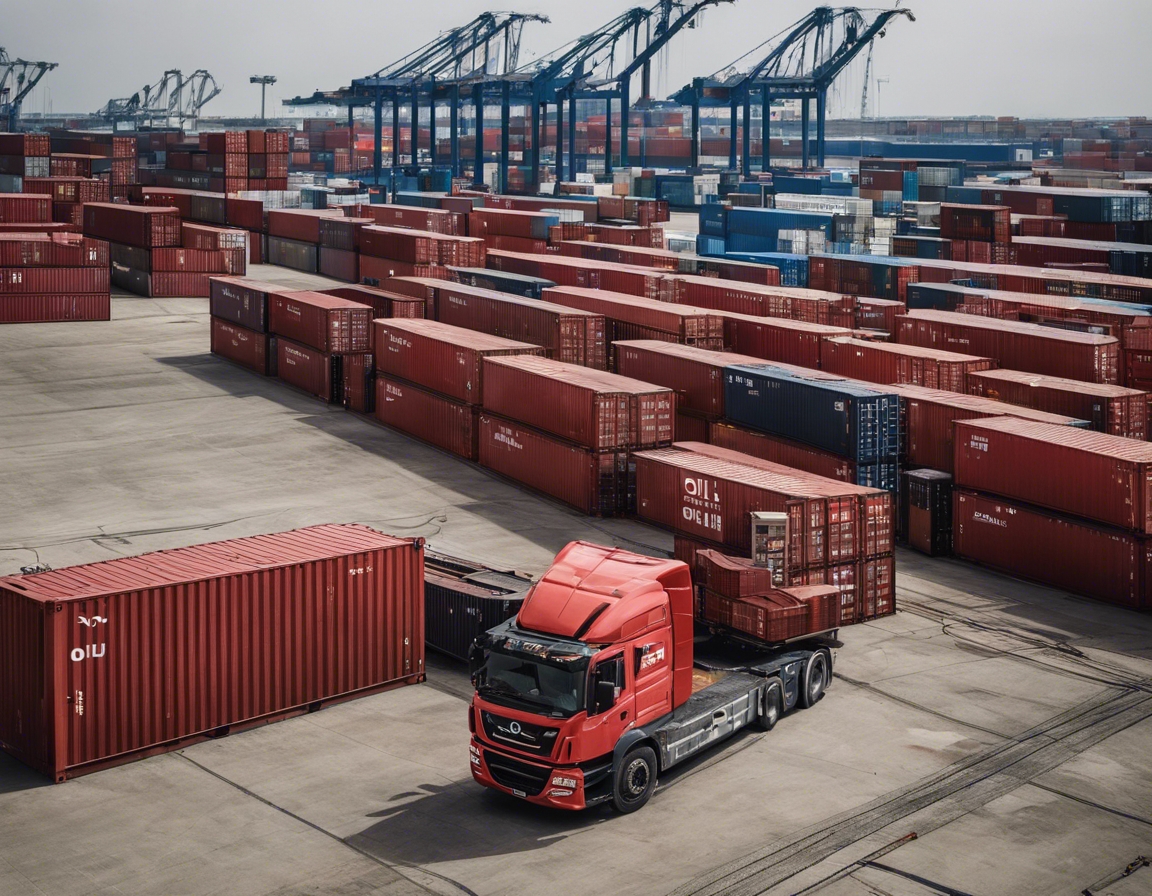5 ways container transport is revolutionizing trade
Container transport has become the backbone of international trade, offering a standardized, secure, and efficient method of moving goods across vast distances. This innovation has not only streamlined logistics but also transformed the way businesses operate on a global scale.
Container transport refers to the use of standardized steel boxes—containers—for the shipment of goods. The concept, which emerged in the mid-20th century, revolutionized trade by dramatically reducing cargo handling, improving cargo security, and cutting shipping costs.
The advent of containerization has facilitated the rapid expansion of global trade, enabling a more interconnected world economy and fostering international business relationships.
1. Standardization of Cargo Handling
The International Organization for Standardization (ISO) has set specifications for container dimensions, ensuring compatibility and interoperability worldwide. This standardization allows for seamless transitions between different modes of transport, such as ships, trains, and trucks.
Standardized containers have streamlined the loading and unloading process, significantly reducing turnaround times at ports and terminals, and enabling faster delivery of goods to market.
2. Enhanced Global Connectivity
Container transport has led to the development of new trade routes, including the opening of remote regions to international trade, thus diversifying markets and sources of goods.
The ability to easily transfer containers between ships, trains, and trucks without unloading the contents has created a highly efficient intermodal transport system, further enhancing global connectivity.
3. Improved Cargo Security
Containers are equipped with robust sealing and locking mechanisms that protect cargo from theft and tampering, providing peace of mind for shippers and receivers alike.
The secure nature of containerized transport has led to a significant reduction in the incidence of theft and damage, ensuring that goods arrive at their destination in the same condition as when they were shipped.
4. Cost-Effectiveness and Reduced Environmental Impact
Container transport has reduced the cost of shipping by optimizing cargo space and reducing labor costs associated with handling. This cost-effectiveness has made international trade more accessible to businesses of all sizes.
The consolidation of goods into larger container shipments has also contributed to a reduction in the environmental impact of transport, as it results in fewer trips and lower emissions.
5. Technological Advancements in Container Tracking and Automation
Advancements in technology have introduced real-time tracking systems that provide visibility and control over the shipping process, enhancing the reliability of container transport.
The integration of automation in ports and the development of smart containers equipped with sensors and connectivity are paving the way for a more efficient and responsive supply chain.





Comments (0)